Gabriela Mateescu talked with Andrea Wolfer, co-founding member of Misc. Arts Center, opened between 2017-2018 in the Former Cigarette Factory, from Splaiul Nicolae Titulescu 13, Timișoara. Andrea is one of the founding members along with Gabriel Amza, Zorislav Stojanovic, who were later joined by: Claudia Tănăsescu, Olga Török, Silvia Török.
The team currently operates as the NGO Misc., which includes Andrea Wolfer, Gabriel Amza and other national and international collaborators.
Andrea Wolfer, born in Timișoara, formed in her own self-taught style, currently still lives and dreams in Timișoara. The bachelor’s studies in acting, the master’s degree in German studies and the doctorate completed at UVT, Romania, have been intertwined over the last 10 years with interdisciplinary projects in the fields of theater, performance, creative writing, photography and theater pedagogy. In 2017, interested in cultural management, she founded the Misc. Association and coordinates the program of the Misc. Arts Center, a space activated until 2018 in the heritage building of the former Cigarette Factory in Timișoara. Curious about political and anthropological phenomena that influence contemporary man, she collaborates with national and international artists. Since 2021, she is employed at the German State Theater in Timișoara and heads the Dramaturgy and Show Organization department. She is at her second selection and curation program for the EUROTHALIA European Theater Festival in Timișoara. Part of the Pedallez Association, she campaigns for the rights of cyclists and for alternative transport.
Gabriel Amza is an artist, journalist and photojournalist born in Timisoara, with a master’s degree in photojournalism from Mittuniversitetet, Sweden and a bachelor’s degree in journalism from UVT, Romania. Gabriel’s personal approach to socio-political and artistic phenomena usually takes the form of feature articles, long-term documentary projects and interdisciplinary art installations. The common thread that unites all his research is a strong sense of empathy and curiosity, and his artwork has an eminently humanistic element that explores languages and mediums with references from both ancient times and cyberpunk culture. He is a member of the Geheimnisvoll Art Collective, has collaborated with NPR, La Croix, Blue Link, Vice, RAI 3, The Bridge of Friendship and many others. He is also a founding member of the Misc. group and a community organizer and activist for the Pedallez Association.
Gabriela Mateescu, artist, curator and editor of Revista ARTA, expands on her research started in 2022 in Revista ARTA issue 54-55 on the topic of spaces coordinated by artists in Romania. This time, Gabriela decided to contact several spaces in Timișoara and talk to their coordinators about the challenges they have encountered since they opened and, in some cases, closed.
This investigation aims to shed light on a number of important aspects related to the organization of cultural events in such spaces, how they have evolved over time – highlighting their history, why they closed, how they manage to survive, or how they adapted to socio-cultural changes. Last but not least, this research looks at how these spaces have influenced and contributed to the development of the artistic community in Timișoara, supporting emerging artists and local cultural projects.
This research will materialize through a series of 7 interviews that will be published on three different platforms: Revista ARTA, Propagarta, and Spam-Index.
Tell me about the beginnings of Misc., the organization over the years and what was the nature of the space.
The idea of Misc. was born in 2016 together with Gabriel Amza and Zorislav Stojanovic. The two of them coming from the visual arts, both photographers with photojournalism experience, we imagined how we could combine the performing arts, as I am trained as an actress and theater educator in independent theater. This vision was fulfilled in the summer of 2017 in line with our desire to reactivate a heritage building in the city, the former Cigarette Factory, with enormous potential to become a cultural hub. There, we rented a space of approx. 270 sqm, set up an NGO and transformed that space into a theater studio and exhibition gallery part of Misc. Center for Diverse Arts. Soon, actresses Olga and Silvia Török, The German State Theatre in Timișoara, and photographer Claudia Tănăsescu joined in. Based on our self-taught experience, the aim was to bring young artists together, focusing on theater and photography, artistic research, and know-how exchange, to create a place for artistic and pedagogical experimentation. In short: we wanted a different kind of art school, where each artist could support their creation through pedagogical and cultural mediation programs.
Since 2016 was the year in which Timișoara won the title of European Capital of Culture 2021, later postponed to 2023, we had a big dream that the whole building, classified as a historical monument category B, in the historic district of Iosefin, which is lacking in cultural spaces and events, would become, as it is widely held, on the occasion of the Cultural Capital that long-awaited hub with spaces for all departments of the faculties of visual and performing arts in Timișoara and for young people who want to explore and create in appropriate spaces.
We pushed the collective imagination a bit, reminding the people of Timișoara that this was not the first time such a building had been transformed into a building with this functionality. The artistic directors of TM2021 also visited us, but it didn’t seem of interest to them what we were doing there, as it wouldn’t have been in their “area of interest”. Today I understand why. It’s a building managed by a private company in insolvency, which is holding onto that building until it depreciates in value, and then it will probably be torn down and the land beneath it put up for sale. To this day, the building is a taboo subject for the local authorities, which we think is a shame, and even a missed opportunity to invest heavily in the future generations who, in fact, in our opinion, give the city its sparkle and vibrancy. The rent for the space we managed was over 700 EUR for the summer, excluding utilities. We paid it out of our own money. We had a very idealistic intention, that if all the artists who wanted to exhibit in the space we paid for would hold lectures, debates, and other activities that would generate money, the amount would be shared fairly, so that the artist would still get a decent fee, but also cover a part of the expenses.
Why did the space close down?
We got broke and disillusioned by the authorities’ interest in this building with enormous potential and TM2021 team’s lack of vision towards a project with enormous long-term potential for Timișoara’s artists to find spaces for creation and co-creation in order to ensure the city’s cultural vibrancy, which a large part of Timișoara’s public visitors and tourists can enjoy in 2023.
In many ways, this space was ahead of its time, as the needs it was trying to address were not as visible at that time. But this transparent idea of managing the space could not be achieved as we imagined. Thus, after events in collaboration with Art Encounters, the German State Theatre in Timișoara, the German Cultural Centre, the Polish Institute, The Secret Garden, the Community Foundation, and many other cool and involved partners, in 2017, just one and a half years after its establishment, we had to close down a space that could have been the first of dozens of creative spaces to transform the Former Cigarette Factory into a factory of ideas. We ran out of money for rent and, to make matters worse, we had already received phone calls from Bucharest to explain the appearance in the press of photos and public access to the space – we had apparently done a very good job of communicating with the press and public…
Did you try to find another space after?
That was the first and, until now, the only one we ever managed. The financial and emotional recovery, but especially the pragmatic one, took us a pretty long time. We realized we stood no chance in the world of real estate sharks and the hidden interests behind such real estate. Independent art spaces cannot guarantee their continuity in the current context.
How did you survive? Governmental funds? Volunteering? Sponsorships? The founders’ work?
From our own funds and very few sponsors. Because, in Timișoara, the big companies are very good with their money. It’s a circle that takes a lot of effort to get into, mostly with the work of the founders.
And since they were just a few, we each had at least 4 roles at any given time, from electrician, barman, sound man, PR, cleaner (it took about 3 hours to mop up after an event), and speakers.
At the moment, what are you up to as founders? Did you give up the idea of organizing another space? It is exhausting being in such a project as an artist, so how do you relate as artists in the coordination of such a space? Was it tiring, did you organize events in your free time or did you have a fixed schedule?
Misc. remains our mental creative space, we have continued interdisciplinary projects combining photography, anthropological research, performance, dramaturgy and sound in international projects with Germany, Austria, Hungary and Serbia. Basically, we stayed the same, Gabriel and I, partners in life, adventures and curious about life, existentialism and how to transform our routines into moments of wonder and appreciation through artistic expressions. Gabriel continued his life as a freelancer, after having been employed with normal working hours in an unpleasant environment, but which guaranteed us the income to cover the rent of the space. I remained open to all the chances and opportunities offered to me by the city and the theatrical sphere; I enjoyed a period of intense and appreciated research on the occasion of my PhD thesis, and since 2021 I am for the first time employed full time, in a place very dear to me, the German State Theatre in Timișoara. In these circumstances, without stressing about the rent and writing projects non-stop, we can dedicate ourselves differently, more intuitively, and more organically to our ideas and projects.
Tell us about the events organized there during that year and a half period.
The Misc. Arts Center has hosted cultural events, organized photography classes for youth and adults, theater workshops for children and teens, film screenings and Q&A’s with filmmakers and artists, exhibitions of photography, sculpture, painting, posters, themed parties and artist talks.
As you have seen within the Timișoara European Capital event, thanks to investments in culture several artist-run spaces had more visibility and eventually money to organize events, pay themselves and pay collaborators. Your space wanted something long-term, namely the transformation of a building left in disrepair into a cultural hub. Do you think that after the end of this cultural year, something local will still be left to help independent initiatives continue? Are there any mechanisms put into place that will help artists in the future? Do you think it’s easier post-cultural capital to hold a space, get help with rent, etc.?
What is happening this year in Timișoara should be normal for a multi-ethnic, multicultural, academic city the size of a city with a good living like Timișoara. What is happening this year in Timișoara is only a small part of what is contained in the city’s cultural strategy for 2014-2024, an official document and guide that has been disregarded and hardly respected by past administrations. The European dimension of the 2023 program consists in the fact that funding sources and access to artistic and cultural event spaces have been depoliticized through the establishment, in the end, by the Project Centre under the Municipality of Timișoara, in 2021 – a project, likewise, included for many years in the city’s cultural strategy, but completely ignored.
We have therefore reached a zero level of facilitation of artistic projects and programs for the independent area, in particular, but also for private and institutional initiatives at the beginning of their journey or simply in need of networking and visibility. This year’s vibrancy reminds us of our student days, without necessarily being linked to a nostalgia of youth, of the dynamic and creative spirit of the city, a period that keeps alive the reality of the potential of highly creative, talented people, who in the meantime have also acquired entrepreneurial or cultural management experience, so as to think long-term strategies for the realization of their vision. It is known that in the Cultural Capital program, there are no funds for the spaces’ maintenance and related costs, servicing, utilities and space rental, so I don’t see an added value for the spaces themselves, but rather a year in which even artists in the independent area can make a decent living, and I stress decent, by living their artistic vision to the fullest.
We don’t know what will happen next year after there are no more transparent open calls. The thought of that is a bit disheartening. On the question of whether it will be easier post-capital to hold a space, we think not. Only those who have managed to create links with spaces that have institutional backing, such as public cultural institutions, or universities, or who have managed to attract reliable private sponsors will be able to dream of managing a space without too much risk. So, before we talk about the legacy of the European Capital of Culture, let’s not forget that the foundation on which this legacy should be built is a very shaky one. Let’s continue with three examples that speak for themselves:
Tax exemptions for Timișoara`s economic operators who finance Timișoara cultural actions of public benefit – it’s not applicable.
Tax exemptions for economic operators and individuals supporting cultural activities (sponsorships, donations, preferential rents) – it’s not applicable.
The granting of property tax reductions on rents for economic operators and individuals who provide premises (buildings and land) for cultural operators – it’s also not applicable.
So, in our idealism and naivety, we remain optimistic and we enjoy this year to the fullest, but on a pragmatic level, we do not expect artists, cultural managers, and cultural workers to be able to create and work in optimal conditions, in appropriate spaces, with funding that covers both their day-to-day expenses, but also to ensure the long-term development of ideas and artistic creations.
Translated by Liliana Popescu
* This journalistic material was produced with the support of an Energie! Creative Grant awarded by the Municipality of Timișoara, through the Center for Projects, within the Power Station component of the National Cultural Programme “Timișoara – European Capital of Culture in the year 2023”.
The material does not necessarily represent the position of the Center for Projects and the latter is not responsible for its content or how it may be used.
POSTED BY
Gabriela Mateescu
Gabriela Mateescu is a Romanian artist and author who lives and works in Bucharest, working with video, installation, drawing and performance. Her work is feminist, autobiographical and self-referenti...
spam-index.com/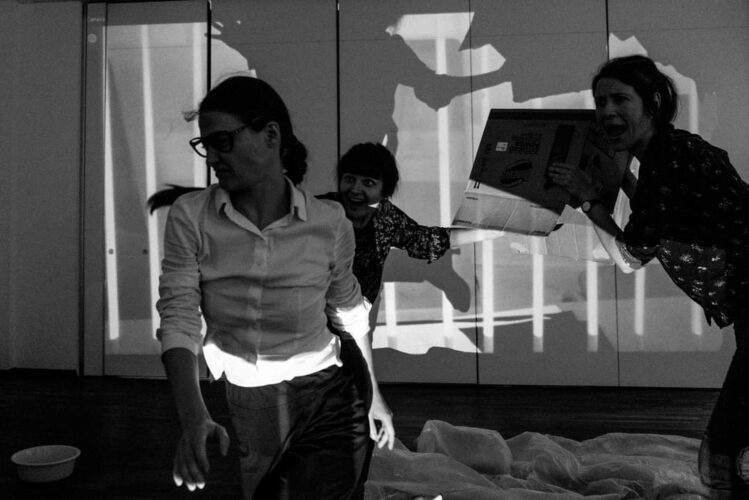
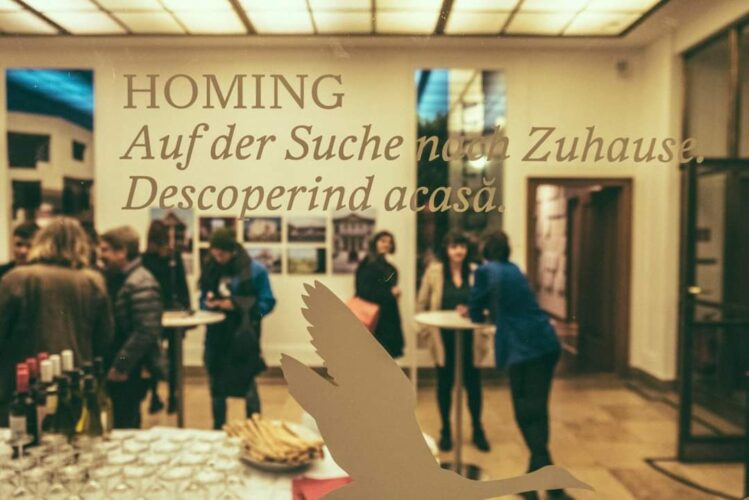
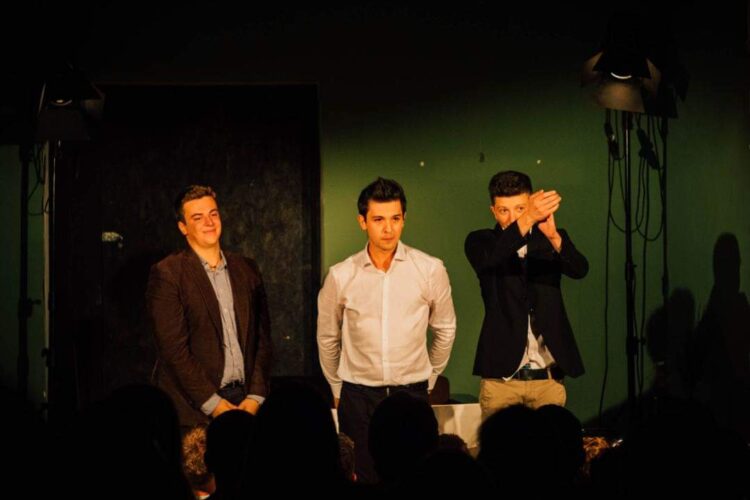
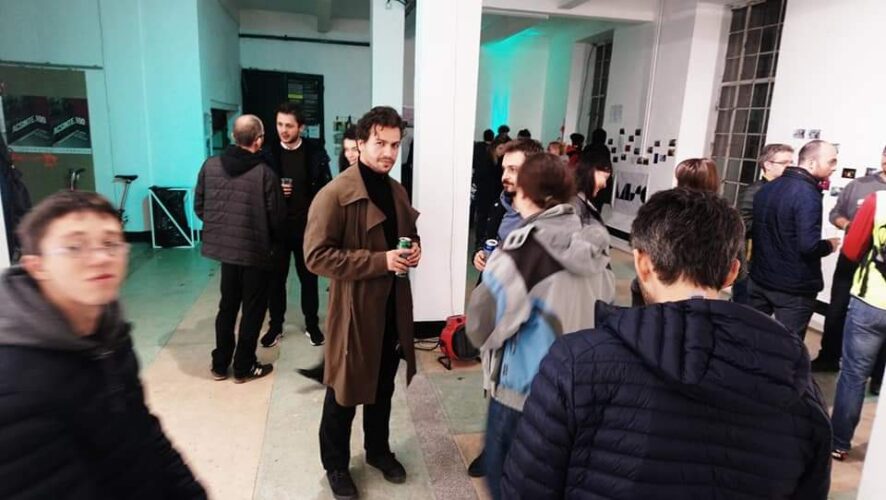
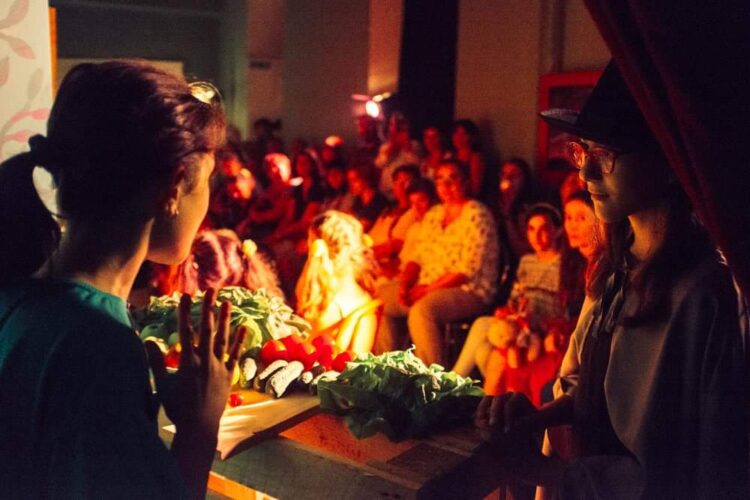
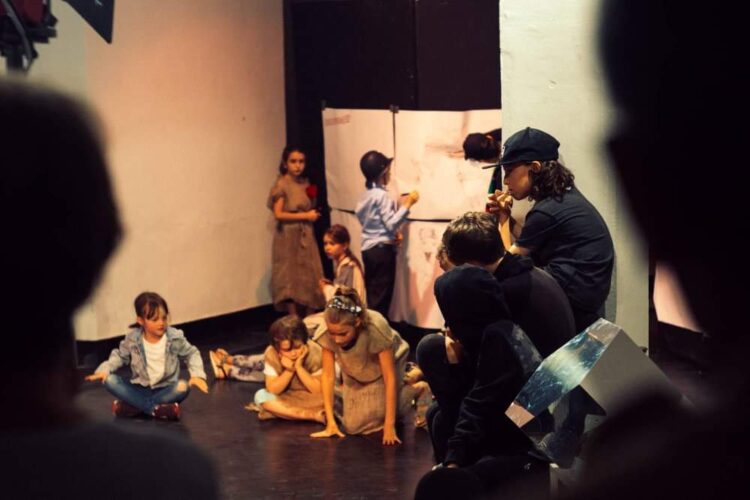
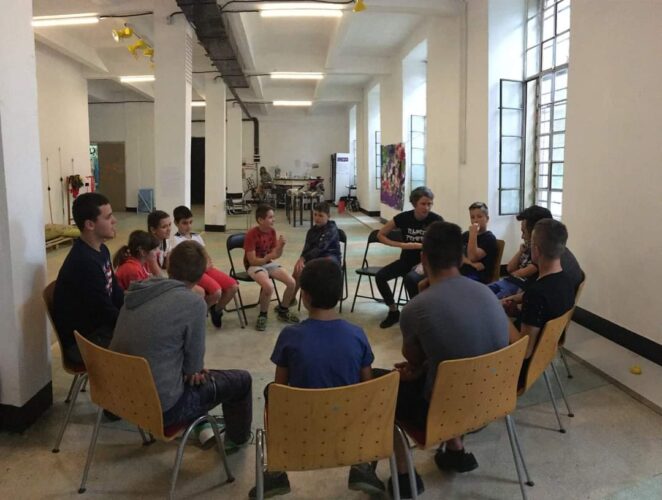
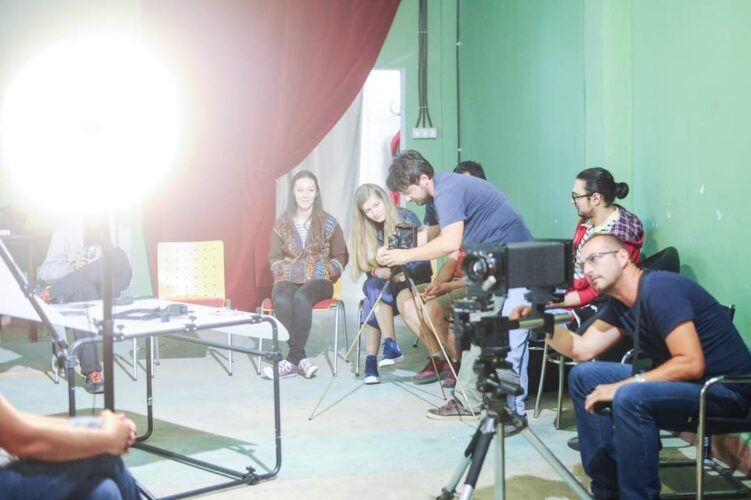
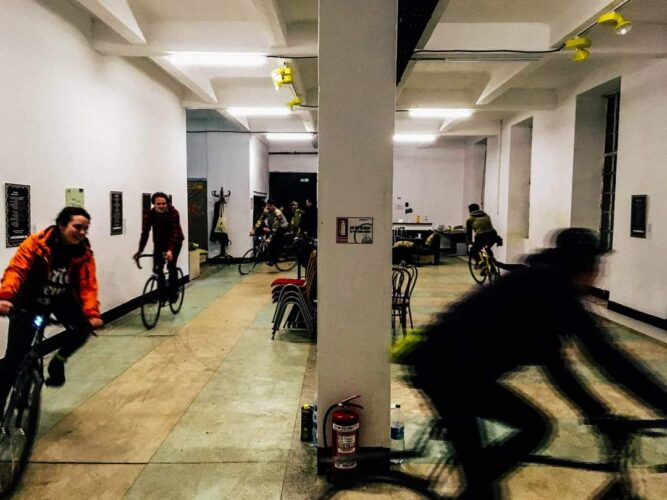
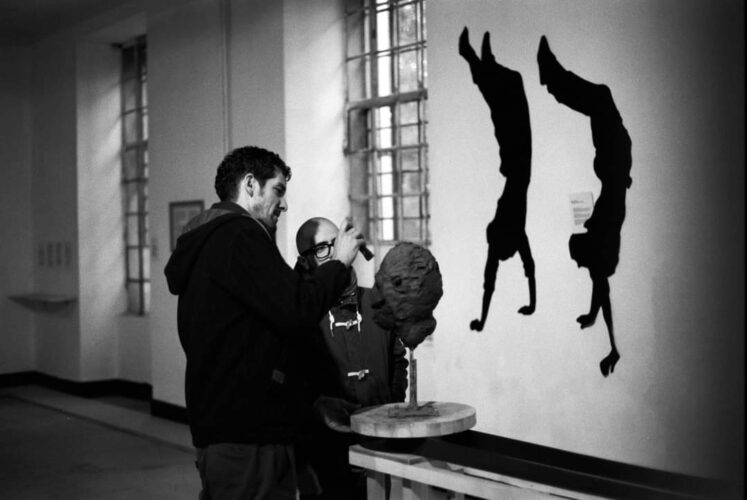
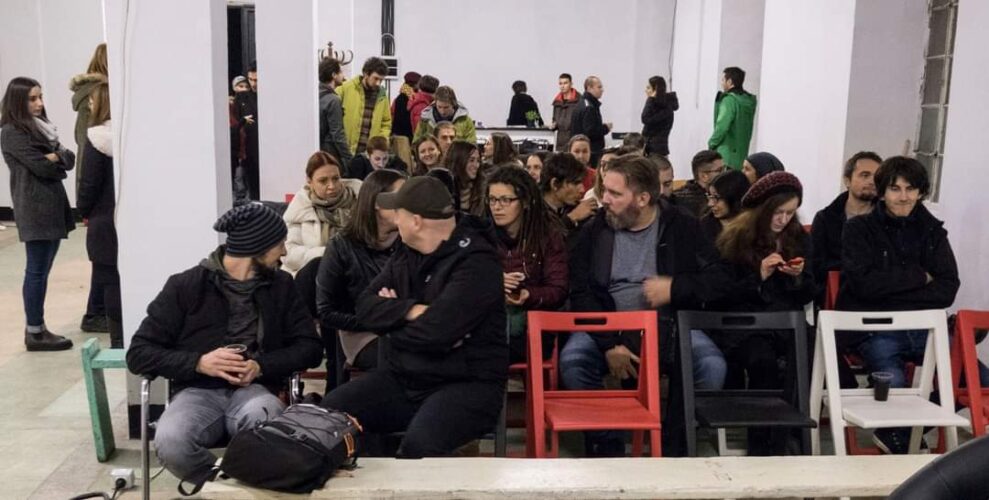
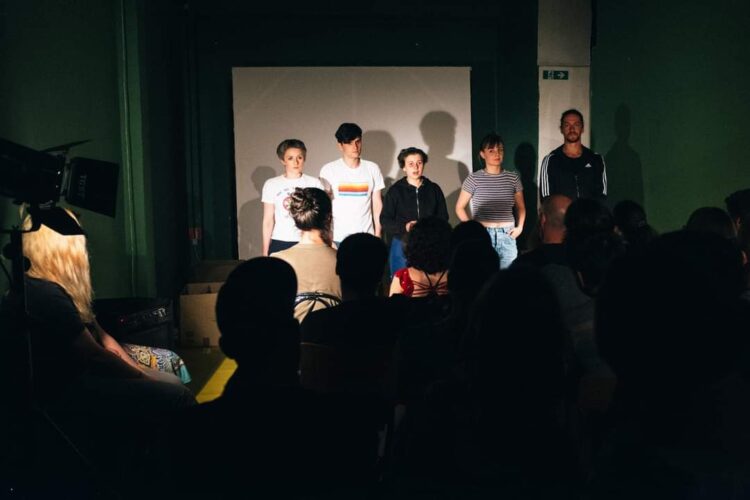
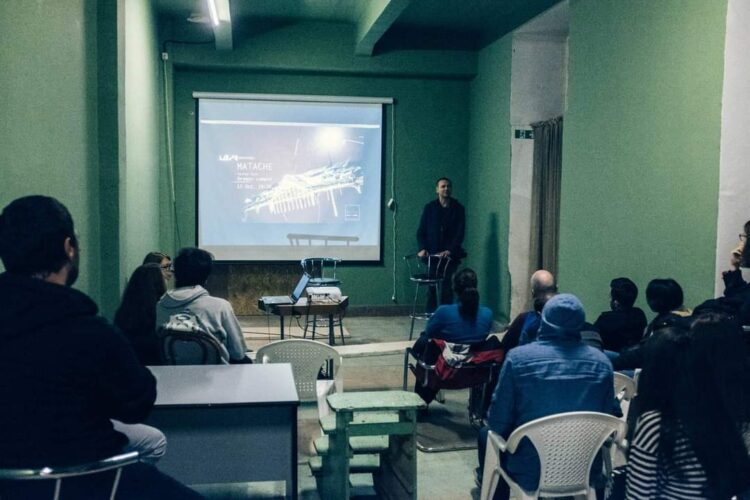
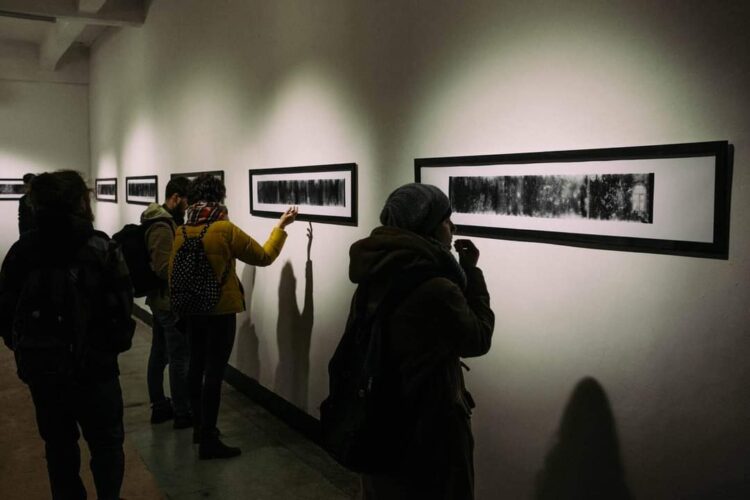
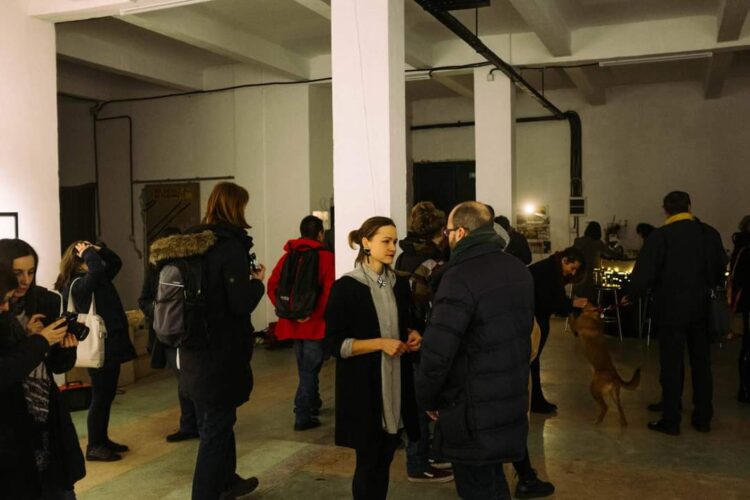
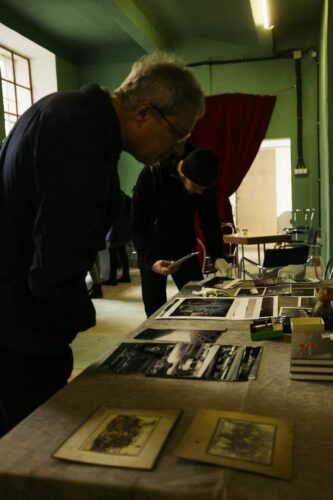
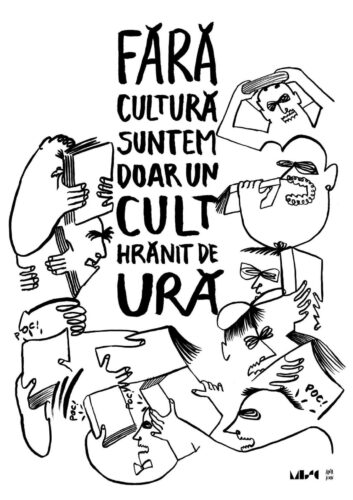
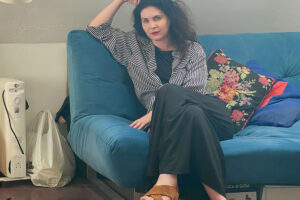
Comments are closed here.